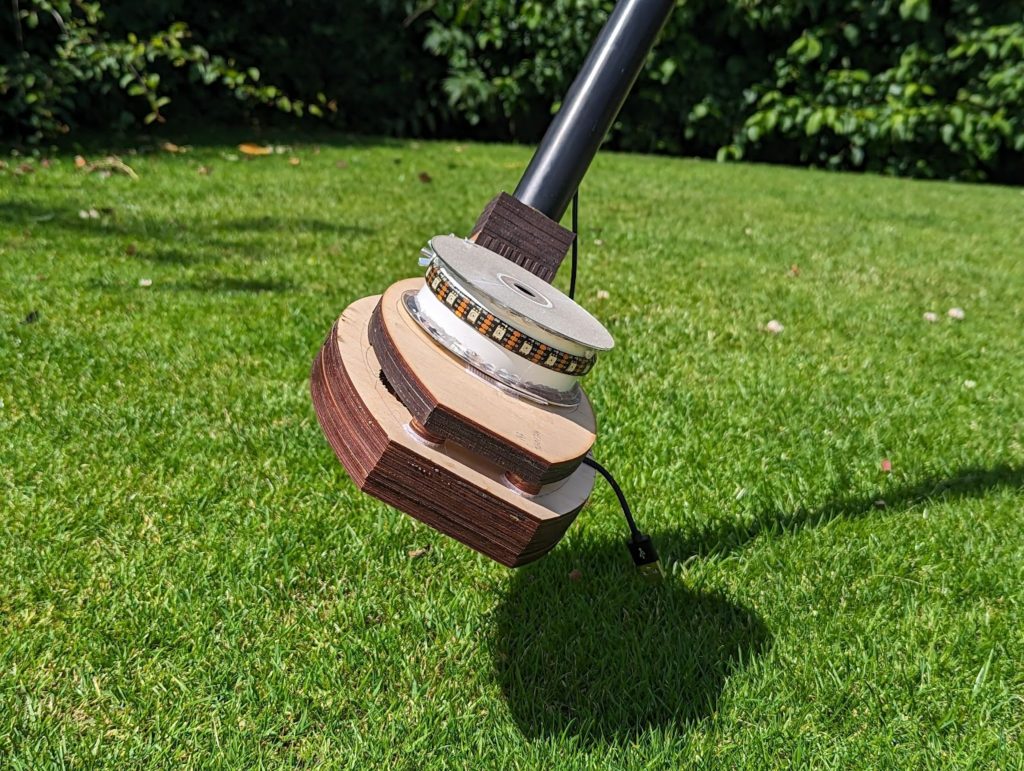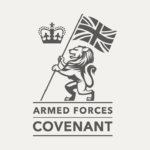Helping Mine Detectors learn to use their equipment correctly
In January 2021, I was talking to some of the people from jHub (a technology and innovation hub run by the MoD) at a webinar on innovation. One conversation led to another and they mentioned a problem that was on their radar. It sounded really interesting and I asked if I could brief some of my students about it. They agreed it was ok.
Everyone who is learning to code needs a project to work on and as I described the problem, my students immediately recognised it from their own experience and at one level or another had received training in how to use the device in question (or one similar). I asked them if they would like to try and create a solution for this problem and that it probably wouldn’t lead anywhere commercially although there was a small chance that it might!!
They jumped at the chance and so in this way, our own Project X was born.
But what is the problem? I seem to hear you say! Well, it’s to do with the angle of the swing! As the mine detector moves back and forth, it’s critical that the height above the ground remains constant and that the head of the mine detector remains level.
In this first picture, we can see that the head is level in the middle of the traverse…

But as it reaches the end of its path, it’s all too easy to lift it like a pendulum and the height and level both go wrong (as seen in the exaggerated example below).

I knew that the MoD team were considering a solution using some rather expensive and notoriously fragile consumer devices for their POC. I try to help all students improve their ability to innovate (see my blog here on Five Tools for Innovation Mastery) and creating ridiculous constraints is a really effective way of breaking a paradigm and opening up space for alternative solutions.
So I set the hardware budget at a somewhat arbitrary and utterly miserly – £20
Ridiculous constraint number 1 in place and challenge to deliver a really good solution with very affordable components laid down!
First I introduced the concepts of micro controllers, sensors and Internet of Things. Then we started an iterative process of building rigs that could sense things about their environment, and then pass that information to a controller where it could be analysed, and served to browser clients for visualisation. Over the next 6 to 9 months or so, we worked together to solve this well understood problem.
I think by the end, we were all really pleased at how much we had been able to achieve considering it was a part time learning project!
We gave demos of our product to our military contacts and I think it’s fair to say they liked the work we had done and there was some disappointment all round when purchasing rules halted our further engagement as we weren’t registered with the necessary procurement frameworks (Thanks Covid for delaying the opening of registration!!).
Even so, the students (and I) had learned loads and really enjoyed collaborating to build out this proof of concept. You can see an explanation of the solution and a demonstration in the video we created here.
And… the work opened doors into another global organisation with an interest in mine clearance. We went on to help them with some proof of concept work using ai and computer vision to combine RGB and Thermal images captured by drones to locate buried and partially exposed land mines (but that’s a whole other story!).
In short, we used cameras to capture live action of the trainee using the device and then locate the head of the training device in three dimensions using a combination of sensors on the device and triangulation techniques from the images (that had been deconstructed using bespoke ai).
We analysed the footage frame by frame to construct a model of the location, height and tilt of the device head over time that we then visualised on a dashboard showing the coverage of the target area that was effectively swept with the device operating in the correct way.
You can see the results of that in the video below and thanks to Will, Luke, Paul and Matt for all their help in the building and testing of the solution.
We eventually broke the self imposed hardware limit and the total cost of hardware in the product was about £250 – but we only came up with this as a solution because of that initial ridiculous constraint!
Finally, ai, computer vision and computer technology in general are such amazing tools that have extraordinary capacity to transform the way we work and run our businesses. If you have your own transformations that might benefit from highly targeted solutions, please give us a call.
Peter Brookes-Smith
Curious problem solver, business developer, technologist and customer advocate
Other blogs by Peter
- Sign here…
- Legacy Applications – How did we get here and what can we do?
- Needles and haystacks or…
- The Case of Rev. Bayes v The Post Office
- Lighting a fire – Our first annual review…
- How many?
- Finding defects with AI and computer vision
- Portfolio: PBS – Neural Net for Hand Written Digits
- CS50 – Harvard’s Open Computer Science Course
- What is a neural net anyway?
- Values Driven Business
- All things come to those that wait…
- Monte Carlo or Bust!
- What is business agility? And why should I care?
- Are values in business our fair weather friend?
- Lessons in life from an ai agent
- Five tools for innovation mastery
- Value for money
- Award entry for European CEO Magazine 2017
- Darwin and The Travelling Salesperson
- What is this DevOps thing?
Blogs by other authors:
- From Stubble to Squad Goals: Our Mo-numental Mo-vember Mo-arvel!
- Learning a Foreign Language vs. Learning to Code: What’s the Difference?
- Solving complex problems through code – and nature!
- In it together – why employee ownership is right for us
- Old Dogs and New Tricks: The Monte Carlo Forecasting Journey
- Portfolio: Rachel – Photo Editing
- Portfolio: Luke – Hangman
- Portfolio: Will – Gym Machines


